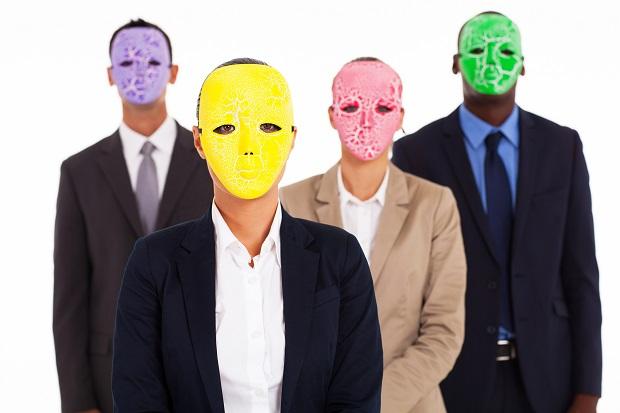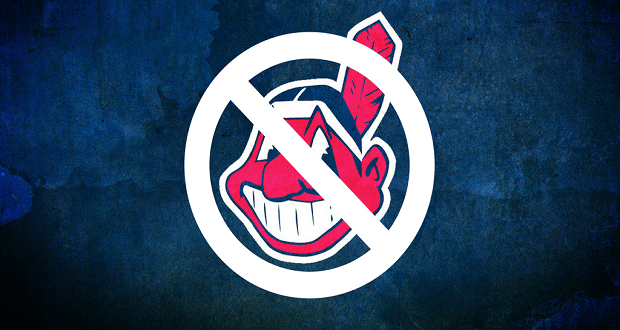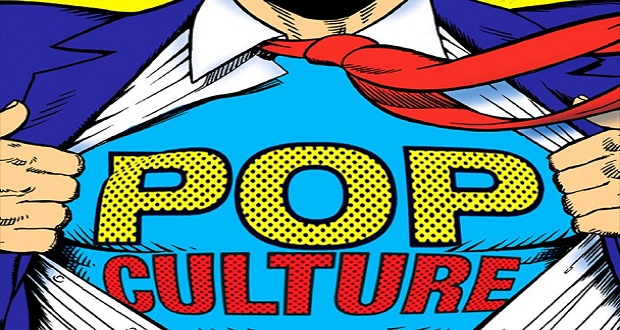[dropshadowbox align=”none” effect=”lifted-both” width=”auto” height=”” background_color=”#ffffff” border_width=”1″ border_color=”#dddddd” ]“Your assumptions are your windows on the world. Scrub them off every once and a while or the light will not come in.” -Isaac Asimov[/dropshadowbox]
Asimov said it so eloquently and analogically, but I think if he were a blunt millennial like me, he might just say: “Use your windshield wipers and stay in your lane.”
We should take this advice when navigating the complex spectra and webs of identities in which we are all tangled.
While the intersectionality of identities can get complicated, some things are simple. Self-identification is just that—deciding how YOU identify. Self-identification falls in the category of “staying in your lane.” Telling others how to identify, however, does not. If you are too busy looking over to the lane next to you and trying to tell others how to drive, you will likely crash. You may even cause a pile up, injuring the person whose lane you just couldn’t stay out of and anyone else nearby.
Here are some common mistakes people make while venturing into another person’s lane of identification:
1. Because I identify as (insert identity here), I can decide who belongs in the group with me.
No. No, no, no…No! *Georgina’s voice from Get Out*
About a week ago, I was having a conversation about my sexuality with two men who self-identify as gay. One of these men said, “I am a gay man. I have never met a TRUE bisexual person.” My response was, “What do you mean by a ‘true’ bisexual person, and who are you to decide?” His response? A bisexual person “is attracted to both sexes and is capable of falling in love with both.” He then proceeded to describe these qualifications in more detail.
I asked for his definition to point out that he made an incorrect assumption based on his own experiences about the true preferences and attractions of those who identify as bisexual. He has no right to discount how others identify based on his self-identifications and assumptions. The other man on the post and I did our best to make clear that sexuality is a spectrum, and people are much too complicated for everyone to fit squarely into such boxes. He may see his own identity as straight-forward, but that doesn’t mean that others must define themselves within the same boundaries.
2. I know how people identify by looking at them or because I “know” them.
Again, no.
If I had a dollar for every time someone wrongly guessed how I identify racially or ethnically, I would be a RICH woman. Honestly, there are people who’d likely be even richer if they just had a dime for each time someone wrongly guessed how they identify their gender, much less sexuality.
Just because someone is your friend or family member does NOT mean you know how they identify. Oftentimes people are still dealing with how they personally identify, and swerving into their lane with your assumptions blocking your vision is far from helpful.
Remember to wipe off your windows and stay in your lane. #DrivingDiversity



















